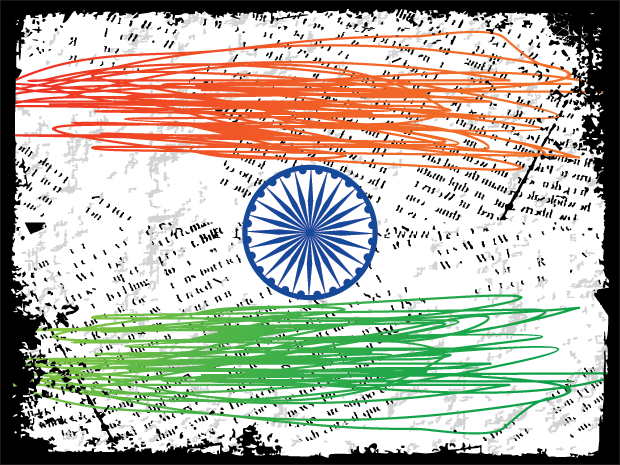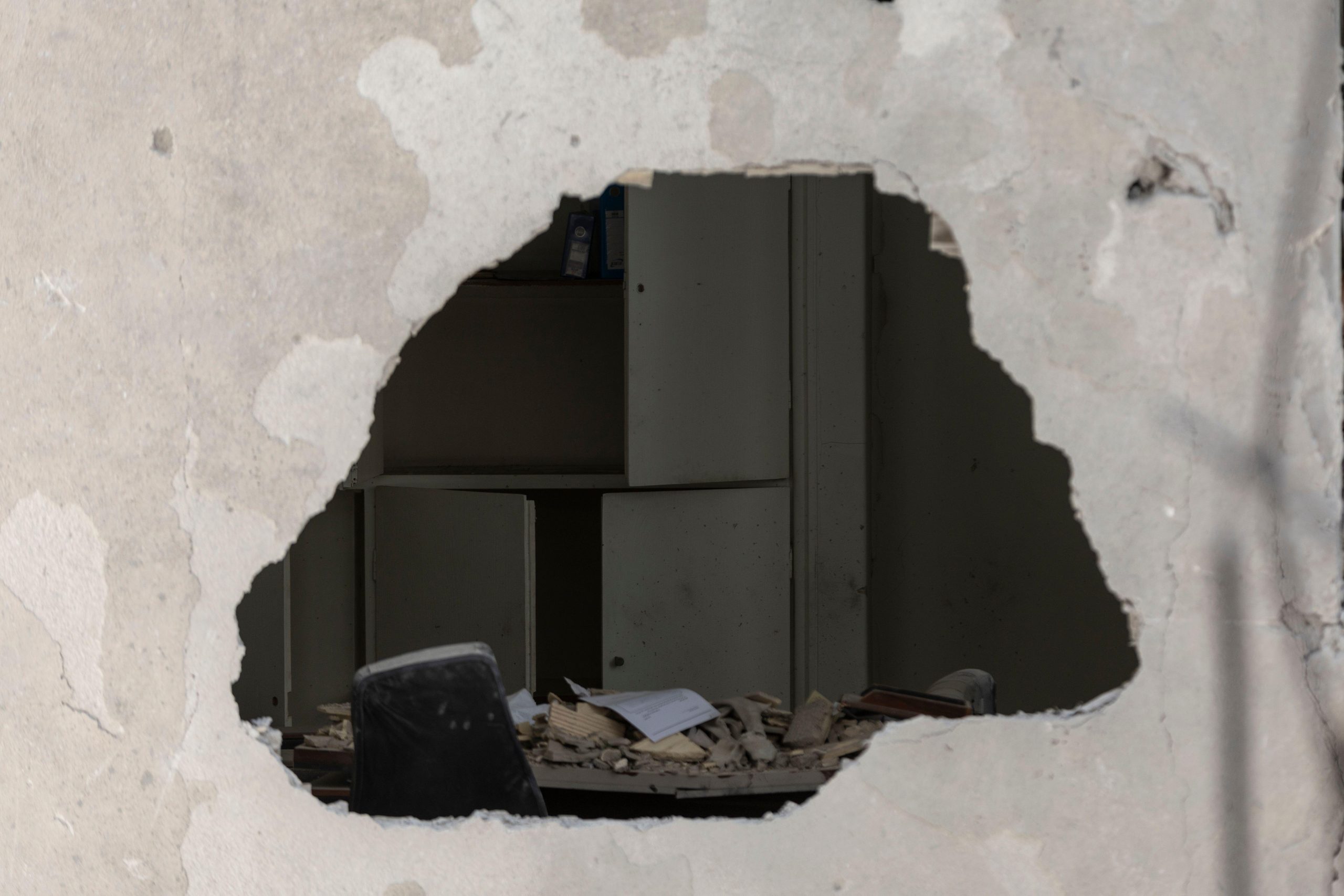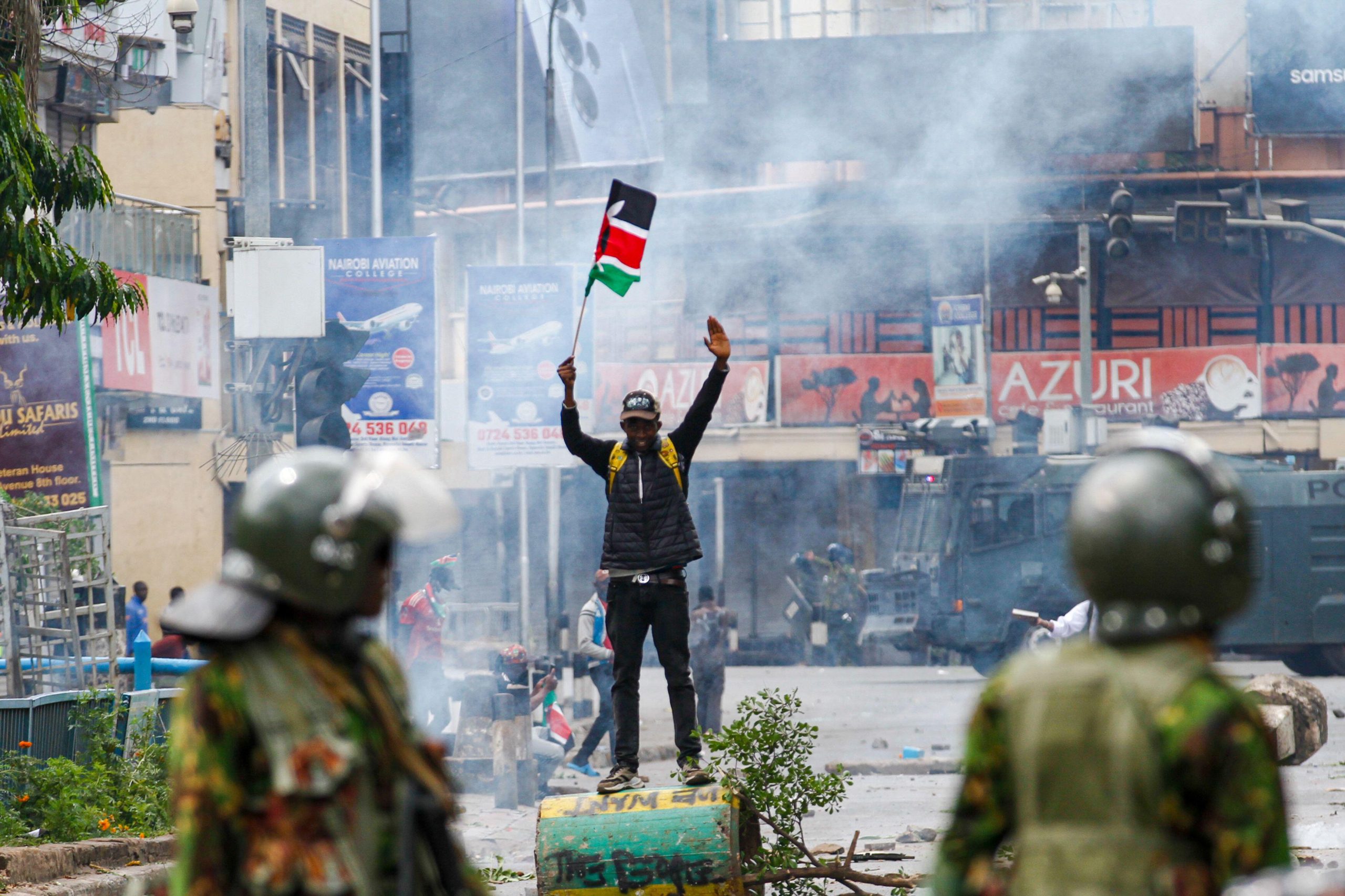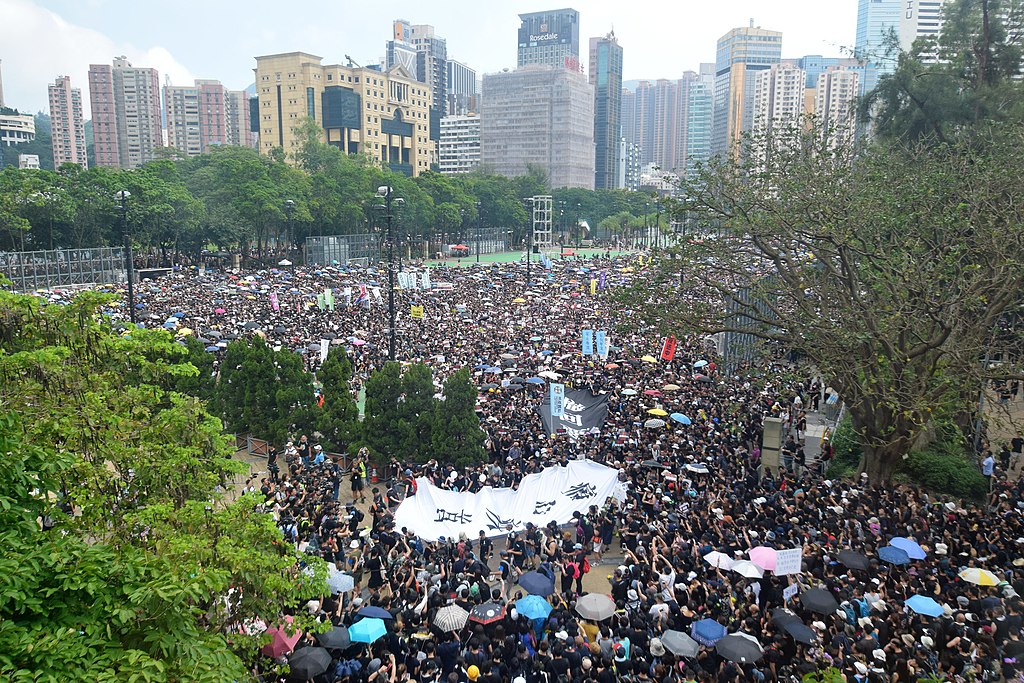
In 1993 Nancy Adajania, a 21-year-old student, published an article titled Myth and Supermyth. In it she explored the way in which newly formed nations often fostered a sense of identity by converting their historical figures into national icons. Her article provoked angry protests across the state of Maharashtra, India’s financial hub, where she was charged and arrested for insulting the memory of Shivaji, a 17 century king revered in the state as a Hindu hero. Justice Saldanha considered Adajania’s bail application and said in his judgment: values from “the dark ages” must not be allowed to “turn the clock backwards” on freedom of expression.
And yet the clock has been turned back, and this became clear once again last month when Penguin India agreed to withdraw and destroy all copies of The Hindus, a monograph by the Sanskritist Wendy Doniger. The publishers pulped the book after a four-year legal battle with the Shiksha Bachao Andolan (Save Education Movement), a fundamentalist Hindu outfit that complained the book “insulted” their religion.
In a statement released after the out-of-court settlement Penguin condemned India’s criminal laws, which it said undermined free expression. In no legal system is freedom of speech an absolute, unqualified right. Liberal jurisdictions do, however, recognise that free expression is integral to a free society, and ensure that any qualifications to the right are limited. In India the right to free speech is enshrined in Article 19 of the Constitution, but it is immediately and extensively qualified by Article 19(2) which gives the state licence to impose “reasonable restrictions” – a broad power justifying curtailments based on vague notions such as “morality” and “decency”.
The state and private petitioners have equally exploited India’s penal code to harass, censor or silence individuals. Beyond religion and folk history, politicians and big business have used criminal proceedings to muzzle activists, social workers and political commentators. In 2012 Aseem Trivedi, a satirical cartoonist, was charged with sedition – a crime against the state – for publishing cartoons criticising official corruption. Arundhati Roy, the author and essayist, was similarly threatened with sedition charges for publicly speaking in favour of the Kashmiri right to self-determination. The silencing of personal opinion now also extends to social media. In 2012 a 21-year-old was arrested for hurting religious sentiments after she criticised the decision by authorities to shutdown Mumbai to mark the death of a controversial local politician.
As Faisal Devji, a historian at the University of Oxford, notes, the agents of censorship in India have changed. The colonial-era penal code served the repressive functions of the Raj, but the state has long since been replaced by hard-line extremist groups. For many this shift occurred in 1988 when Rajiv Gandhi, a former Prime Minister, bowed down to pressure from Muslim fundamentalists and banned imports of Salman Rushdie’s Satanic Verses.
In the 2014 World Press Freedom Index, Reporters without Borders ranked India 140 out of 180 countries. India’s denial of free speech in Kashmir and other insurgency-inflicted areas is well established. In its report Reporters with Borders go further, noting journalists are “abandoned by the judicial system” and subjected to “threats and physical violence”, forcing themselves to self-censor. Security forces, criminal groups, demonstrators and members of political organisations are all implicated, the report goes on, in the erosion of freedom of speech.
The state has consistently failed in its duty to safeguard the right to free speech, and increasingly stands back to allow extremists to trample on it. As well as opportunistic politicians the courts, as Ramachandra Guha a prominent Indian historian explains, are also to blame. Before M.F. Husain, India’s most celebrated painter, fled India in self-imposed exile, courts across the country entertained spurious cases filed against him from angry Hindus offended by the artist’s portrayal of Indian gods.
Last year Salman Rushdie described the deterioration of free expression in India as a “cultural emergency”. The extent of this emergency was made shockingly clear when Hoot, a media watchdog, published its annual Free Speech report. In 2013 alone eight journalists were killed, 99 counts of official censorship were recorded and India’s surveillance infrastructure grew to include the Central Monitoring System, National Intelligence Grid and ad hoc interceptions of electronic communications.
Free speech in India is under attack on two fronts: top-down state censorship has been matched by the bottom-up moral policing of ad hoc fundamentalist groups. As Pranab Bhanu Mehta, a leading commentator, warns, “If the state gives taking offence such aid and succour, offence will be easily taken.” Indeed, the clock is at risk of being turned back much further. Emboldened by its victory the Shiksha Bachao Andolan is now determined to see Doniger’s other works destroyed. As Dinanath Batra, the organisation’s octogenarian leader said during a recent interview, “Freedom of expression cannot trample our identity, culture, religion and tradition. We cannot allow anti-national writings.”
This article was published on March 5, 2014 at indexoncensorship.org




